World of Level Design™
Tutorials to Becoming the Best Level Designer and Game Environment Artist (since 2008)
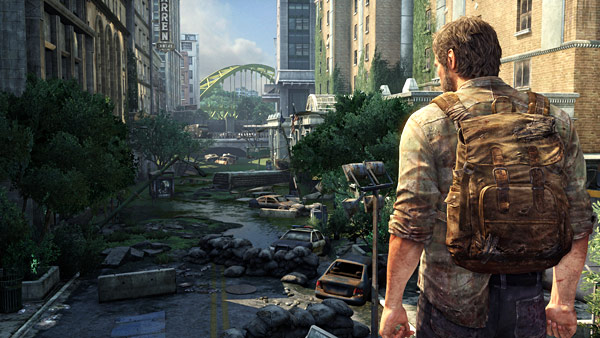
"Last of Us" ©Sony Computer Entertainment America LLC; Dev: NaughtyDog Inc
Pete Ellis is back with another article on how to use "Environmental Transference" and begin to see the world as a level designer.
You may remember Pete Ellis with 3-part tutorial series on "Single Player Level Design Pacing and Gameplay Beats", which I highly recommend you to check out, but before you do that - read on to learn how to begin seeing the world as a level designer.
My personal favorite ideas from this article are "denial spaces" concept and intriguing level design space - a route between two buildings example.
Following article was written and contributed by Pete Ellis, a level designer at Guerrilla Cambridge. Pete has worked on "Killzone: Shadow Fall" and "Killzone: Mercenary" games. He is currently working on "RIGS"; a competitive arena FPS title for PlayStation 4 which utilizes Morpheus VR headset. Visit Pete Ellis website and you can find Pete on Twitter.
As a designer I'm always keen to improve my skills and learn new techniques. This isn't just by sitting in front of a computer screen for days, or working through tutorials, but I find interpreting the environment around me in a different way inspires me to analyze it for use in my designs. After reading this article about improving your skill whilst away from the computer, I thought I would add to it.
Environmental Transference
This article will discuss the interpretation of the world around you with regards to level design, a term I call "Environmental Transference". This is that the experience and knowledge you have shapes the way you view the world around you.
Take this handrail and set of stairs for example:
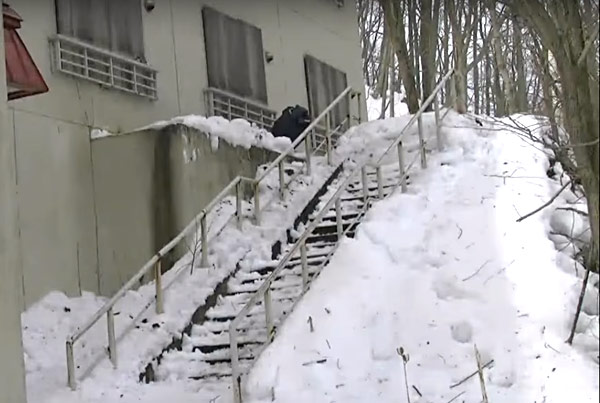
Unless you grew up skating or snowboarding, you'll probably see this for what it is; something constructed for getting from one height to another utilizing a railing to support balance.

For me however, having snowboarded for years, I see it as an obstacle which I could potentially ride. I see the kinked rail as something to trick on and I eagerly spy the run up to the rail and the run out to see if there's enough room for a (hopefully) successful boardslide.

The point is that as a designer you can learn to see the environment differently (or potentially you already see it reflecting level design if you've been in the industry for years) and this can inspire and improve your own designs. By making associations with the shapes around us, we can analyze whether they are "successful" level design layouts or tools, which improves our analysis of our own work and can inspire further work.
For example, when you find an appealing area of, say, a town or city that inspires you, you can ask yourself:
- What about it is appealing?
- Would this area make a good section in a level and if so why?
- If you don't think it would work for your level then why not? Not all interesting spaces are going to make great game levels of course.
- If you can incorporate something similar into your current project then how do you think it will fit?
This isn't just about how you can directly copy the space; it's about analyzing which of the area's attributes work and including those elements.
For example, imagine you successfully navigated your way around a small part of a town without looking at a map. You were able to find your way around by using a small park in-between the buildings for orientation.
Ask yourself why this was helpful and what you can take from it? You might be hard pressed to force a small park directly into your designs if you were designing for, say, a sci-fi game, but the element to take from this is that the park was in stark contrast to the buildings around it. Can you take this contrast to create a unique element in your layout that the player can use for orientation themselves?
Landmarks
The "Our Lady" Catholic Church in Cambridge, UK, is the tallest building in the area making it easy to spot and orientate yourself with:

Looking at the landmarks when you travel around a city or town is always good reference for how you can incorporate landmarks in your work. The landmark, also referred to as a "wienie' by Disney Imagineers, is a geographical location that not only helps players orientate themselves within an environment but also invites the player to continue their journey by stimulating curiosity.
If you find a landmark that helps you understand where you are within the city ask yourself:
- What about it helps?
- Is it that it's taller than the surroundings and thus easy to spot from most places?
- Could it be that it's not that tall but the vistas and reveals within the city frame the landmark well?
- What element can you use for your own designs?
The Pittsburgh Bridge, a landmark and goal in "The Last of Us":

If you want to use landmarks as enticing locations which you want the player to head towards, you can use denial spaces.
Denial spaces is an architectural concept where paths are built that momentarily lose sight of the landmark in order to create intrigue and a more rewarding arrival. This is an incredibly important consideration for designers when creating stimulating game spaces, as if you made a level where all you needed to do was walk forward to get to the goal, it wouldn't be very exciting or satisfying.
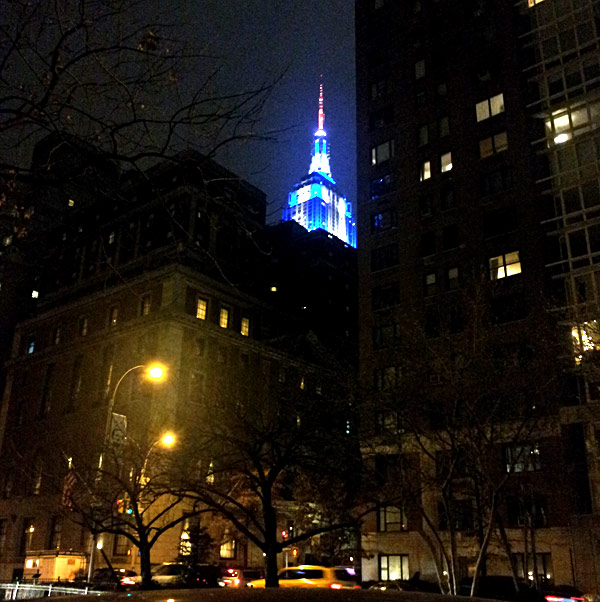
This concept of denial can be seen and felt when moving around cities and towns, for example in the photos I took of the Empire State Building and the Chrysler building when visiting Manhattan. The Empire state Building is lit up with an enticing blue glow, luring visitors towards it whilst hinting that a good time is to be had at its location - if you can find your way through the buildings. What take away do we have from this? Making a landmark obvious and alluring in heavy contrast to the environment around it literally creates a beacon, drawing players towards it. Why might landmarks you see be successful at luring a player?

This photo of the Chrysler building has an example of reward and denial; if the player wants to get to it they must first go through the gameplay space inside the illuminated Grand Central Station in front, temporarily losing sight of their goal.
Boundaries
Boundaries can signal to the player that they are moving between areas, be it towards safety or conflict. How a boundary is constructed can help signal to the player what lies ahead and can be spotted within the world around you.
A dominating wall would make a clear boundary between gameplay spaces:

For example, this imposing wall on Regent Street, Cambridge, restricts the view behind it. Using this element within your own designs could help block not only what lies beyond, but could also be used for your own defense as it would stop enemy fire. If this was used in a similar game to that of "Splinter Cell Conviction" then it could be used as the boundary of the danger area; crossing it means that the player commits to being within a zone of conflict as we see in the "Infiltrate Kobin's Mansion' mission.
The wall in front of Kobin's mansion in "Splinter Cell Conviction' is the boundary between safety and danger. The player can walk freely outside, but becomes a target once they cross inside:

Conversely, the railings outside an entrance to the Cambridge Botanical Gardens are open and allow views inside. If used within a level this could entice the player inside by giving glimpses of the rewards that lie within, whilst forcing the player to take an indirect route. We would have to be mindful when designing for a genre with gunfire that crossing the boundary would still allow for firing through the railing, but characters would only be able to cross the boundary through designated choke points.
The railings outside the Cambridge Botanical Gardens are a boundary you can see through:

Symbols
So far we've only looked at interpreting bigger structures within our environment, but examples of smaller elements that help with player guidance are "symbols'. Spatial symbols are visual imagery that represents a gameplay usage. Where a red barrel is a "gameplay symbol" that signals a destructible entity that causes damage to enemies, a "spatial symbol" is geometry that signals such elements to the player as an important route.
There are numerous symbols within the world that signify entrances and routing for visitors to an area. If you can understand the routes in an environment without looking at signage this is a good thing to analyze.
- How do you know where to go?
- What is it in the world that's giving you this information?
- What can you utilize for your own designs?

A good example of a spatial symbol that signifies an entrance is the use of a porch or roof. A porch, or the less enclosed roof above a door, is built for protecting people from the elements as they pause before entering or exiting a building. The photo I took above shows that even though the doors to these houses are obscured by the hedges you can still tell where the entrances are just by the use of the roofs above them. We can use this in a design to signify important routes, hint at side routes which might otherwise be missed, or show the player the critical path.
Is there anything else you can spot in your environment that signifies a main entrance or important route?
I will leave you with one of my favorite examples of an intriguing space that inspires interesting level design:

This route between two bigger buildings has many interesting factors:
- A set of stairs leading the player upwards to an unseen space
- The angle of the back wall strongly suggests the route goes somewhere, whereas a flat 90 degree wall would otherwise have seemed like a dead-end
- Leading lighting on the back wall brightening the area up to make it more enticing
- A see-through boundary shows the player the route but blocks them access until they've perhaps completed a challenge?
Interpreting the environment around you in a way that reflects level design can be a useful tool for improving your skill when you are not at a computer. Analyzing spaces in level design terms can help improve your own work and encourages you to get to the core of what makes a space successful. Armed with this alternative perspective on your environment, it'll be interesting to see what design tips you can acquire from the world around you!
Other tutorial articles by Pete Ellis on WoLD:
- Single Player Level Design Pacing and Gameplay Beats - Part 1/3
- Single Player Level Design Pacing and Gameplay Beats - Part 2/3
- Single Player Level Design Pacing and Gameplay Beats - Part 3/3
Read Next: 13 Ways to Improve Your LD/3D Skill Away From a Computer
References
Following article is copyright ©Peter Ellis 2016
The Last of Us is the property of Sony Computer Entertainment America LLC ©2013. Created and developed by Naughty Dog, Inc
Splinter Cell Conviction is the property of Ubisoft Entertainment ©2010. Developed and Published by Ubisoft
Home Terms of Use/Trademarks/Disclaimers Privacy Policy Donate About Contact
All content on this website is copyrighted ©2008-2024 World of Level Design LLC. All rights reserved.
Duplication and distribution is illegal and strictly prohibited.
World of Level Design LLC is an independent company. World of Level Design website, its tutorials and products are not endorsed, sponsored or approved by any mentioned companies on this website in any way. All content is based on my own personal experimentation, experience and opinion. World of Level Design™ and 11 Day Level Design™ are trademarks of AlexG.
Template powered by w3.css


 UE5: How to Download and Install Unreal Engine 5 in 5 Minutes
UE5: How to Download and Install Unreal Engine 5 in 5 Minutes UE5: 11 Principles to Learning and Using UE5 as a Complete Beginner
UE5: 11 Principles to Learning and Using UE5 as a Complete Beginner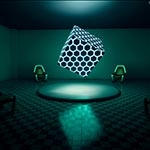 UE5: Crash Course Quick-Start Guide to Begin Using UE5 - TODAY
UE5: Crash Course Quick-Start Guide to Begin Using UE5 - TODAY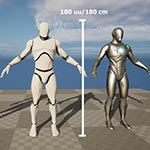 UE5: Complete Guide to Player Scale, Dimensions and Proportions
UE5: Complete Guide to Player Scale, Dimensions and Proportions UE5: Fundamentals Vol.1 - Essential Beginner's Guide to Getting Started
UE5: Fundamentals Vol.1 - Essential Beginner's Guide to Getting Started



